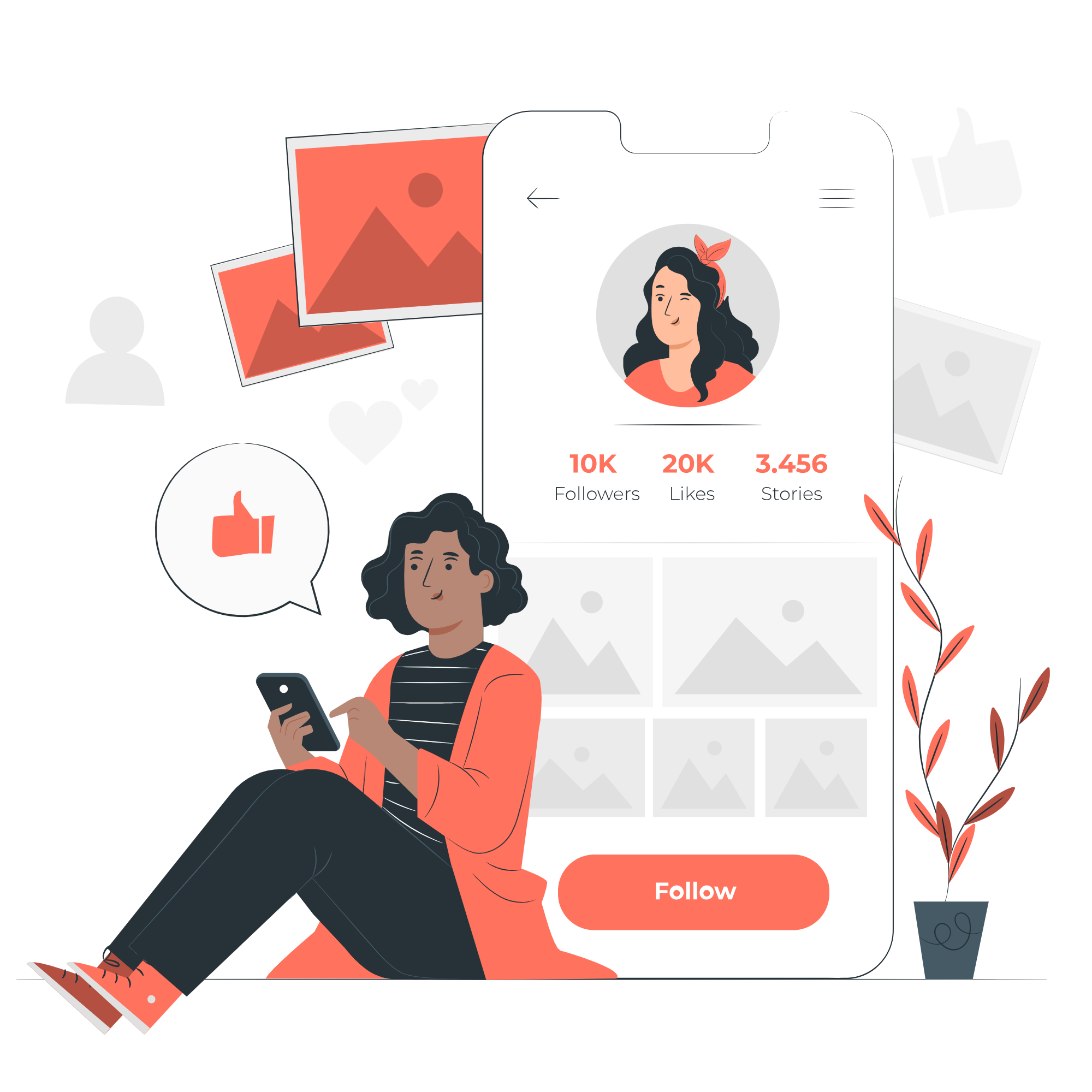This video was published on 2013-09-25 04:32:08 GMT by @red-Orbit on Youtube.
red Orbit has total 11.8K subscribers on
Youtube and has a total of 419 video.This video has received 6
Likes which are lower than the average likes that red Orbit gets . @red-Orbit receives an average views of 1.8K
per video on Youtube.This video has received 1
comments which are lower than the average comments that red Orbit gets .
Overall the views for this video was lower than the average for the profile.






















































red Orbit's video: Galaxy Zoo 2 Project Unveiled - The Daily Orbit
6
1